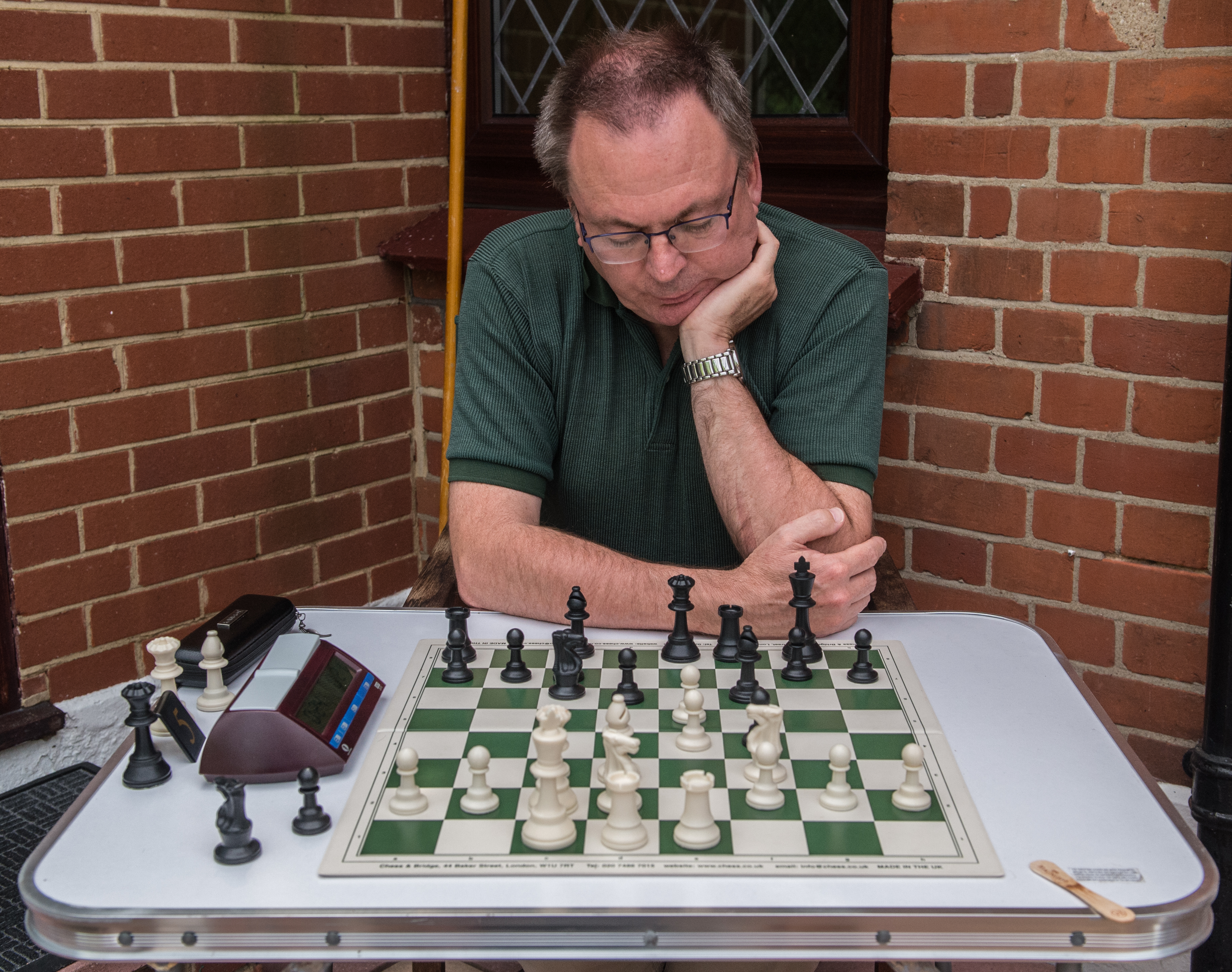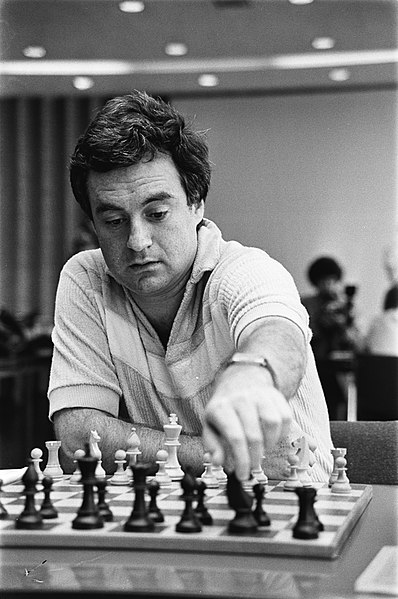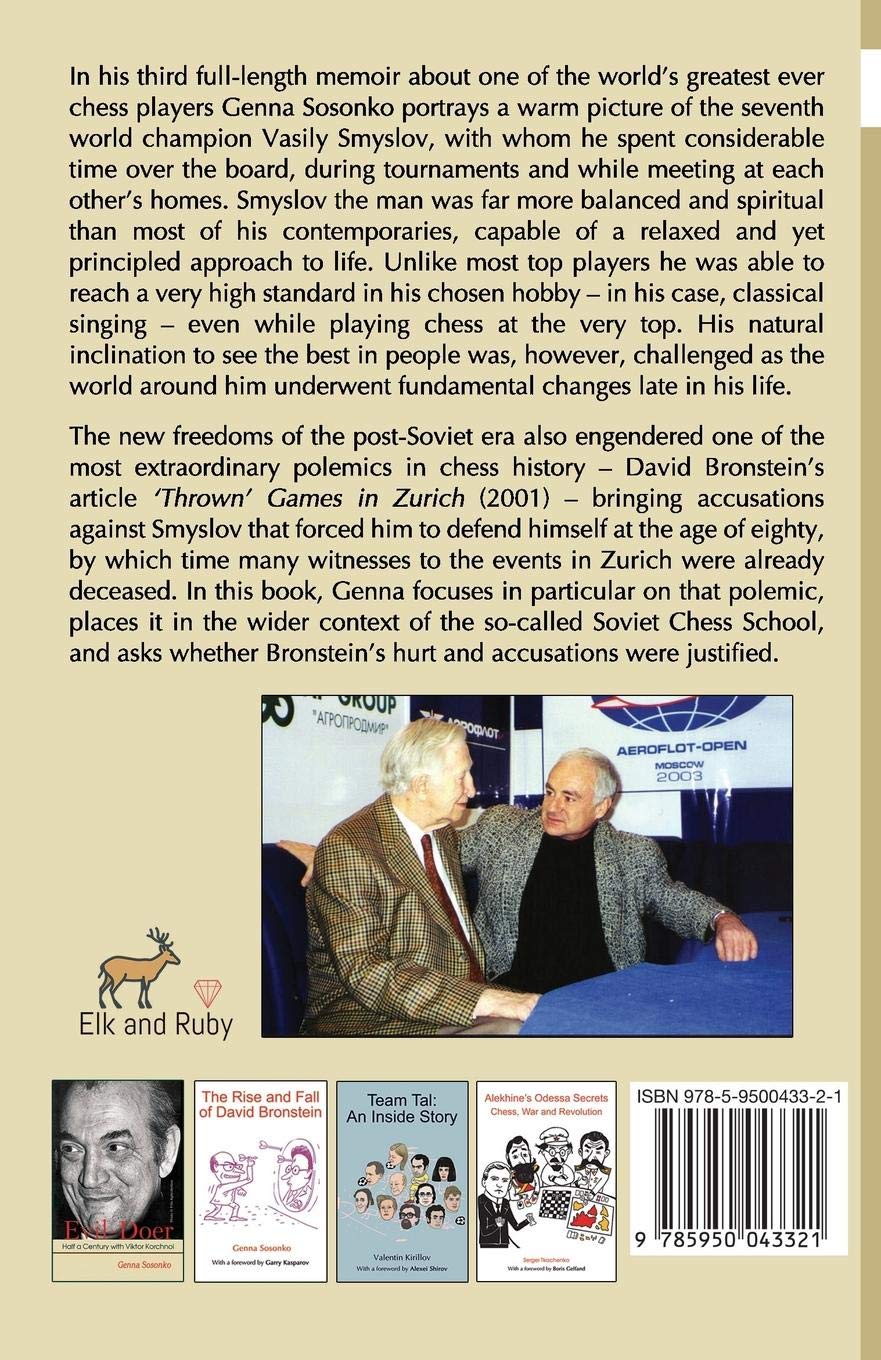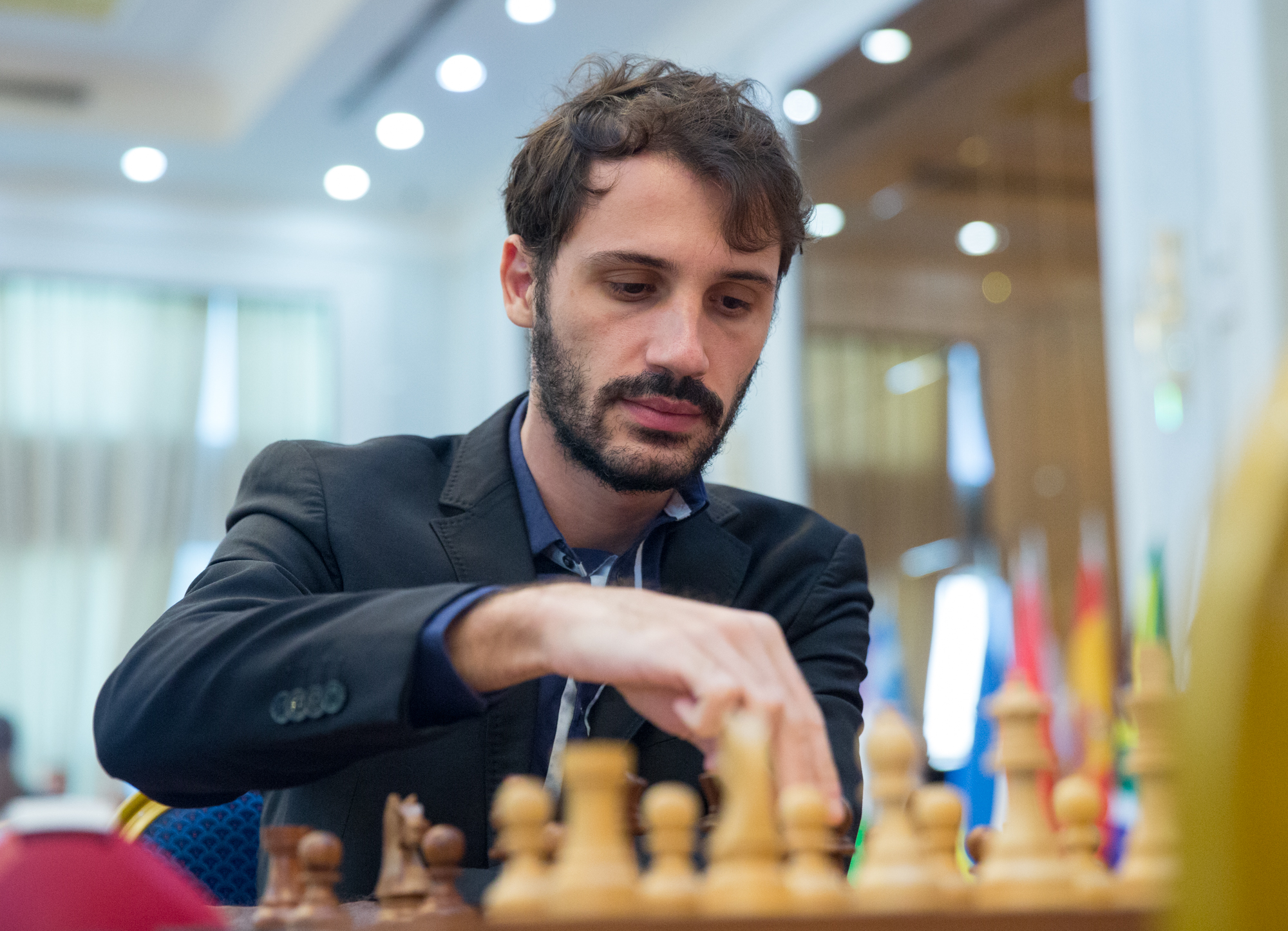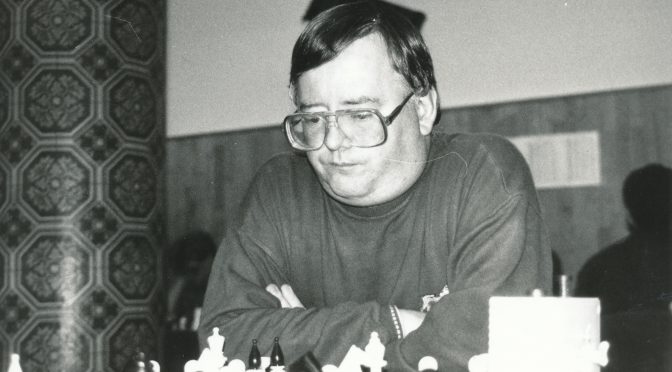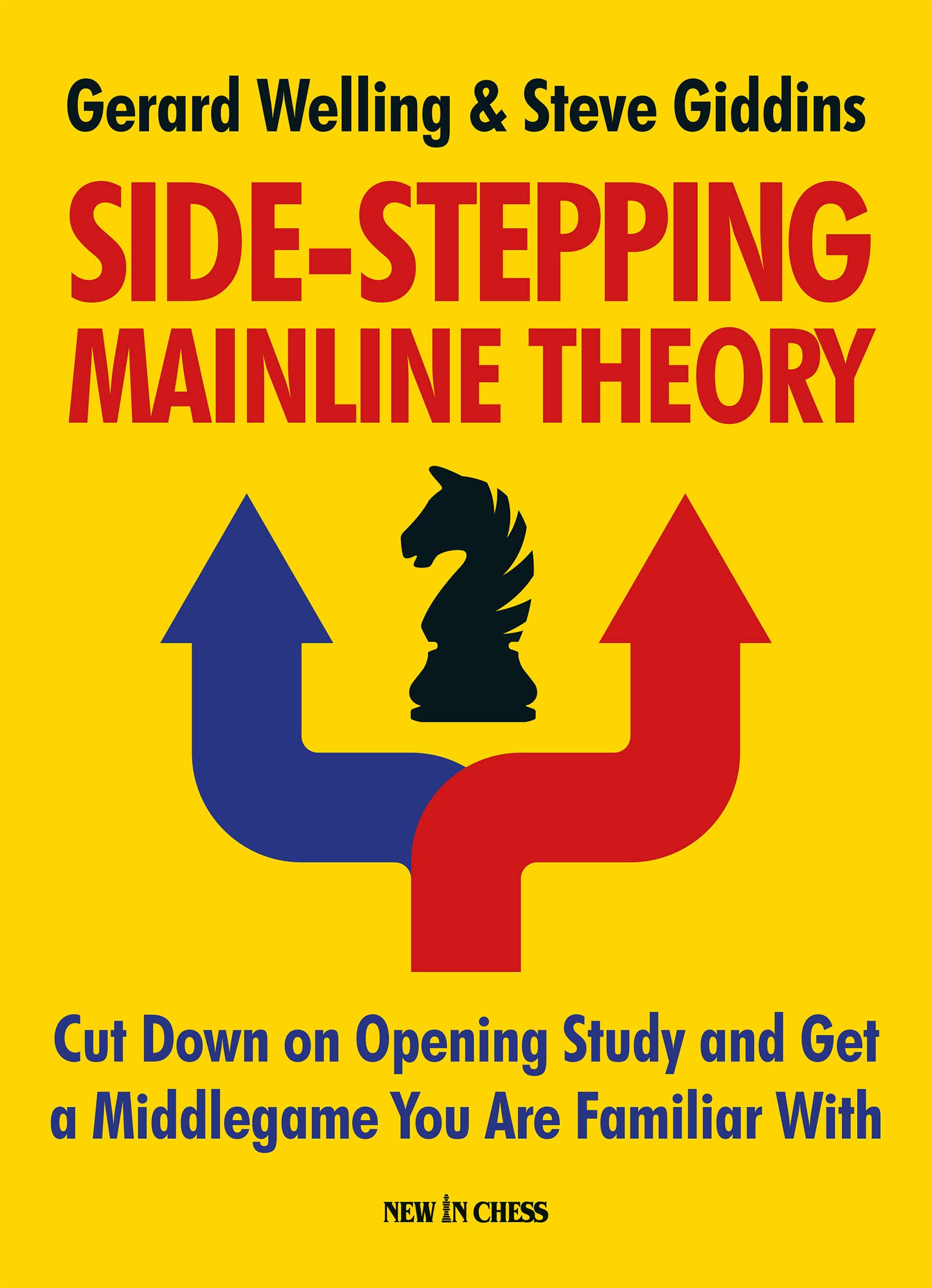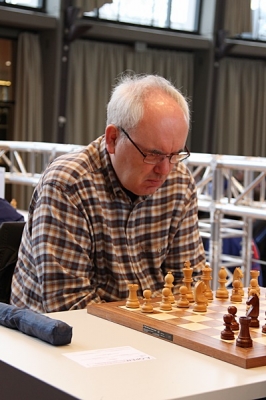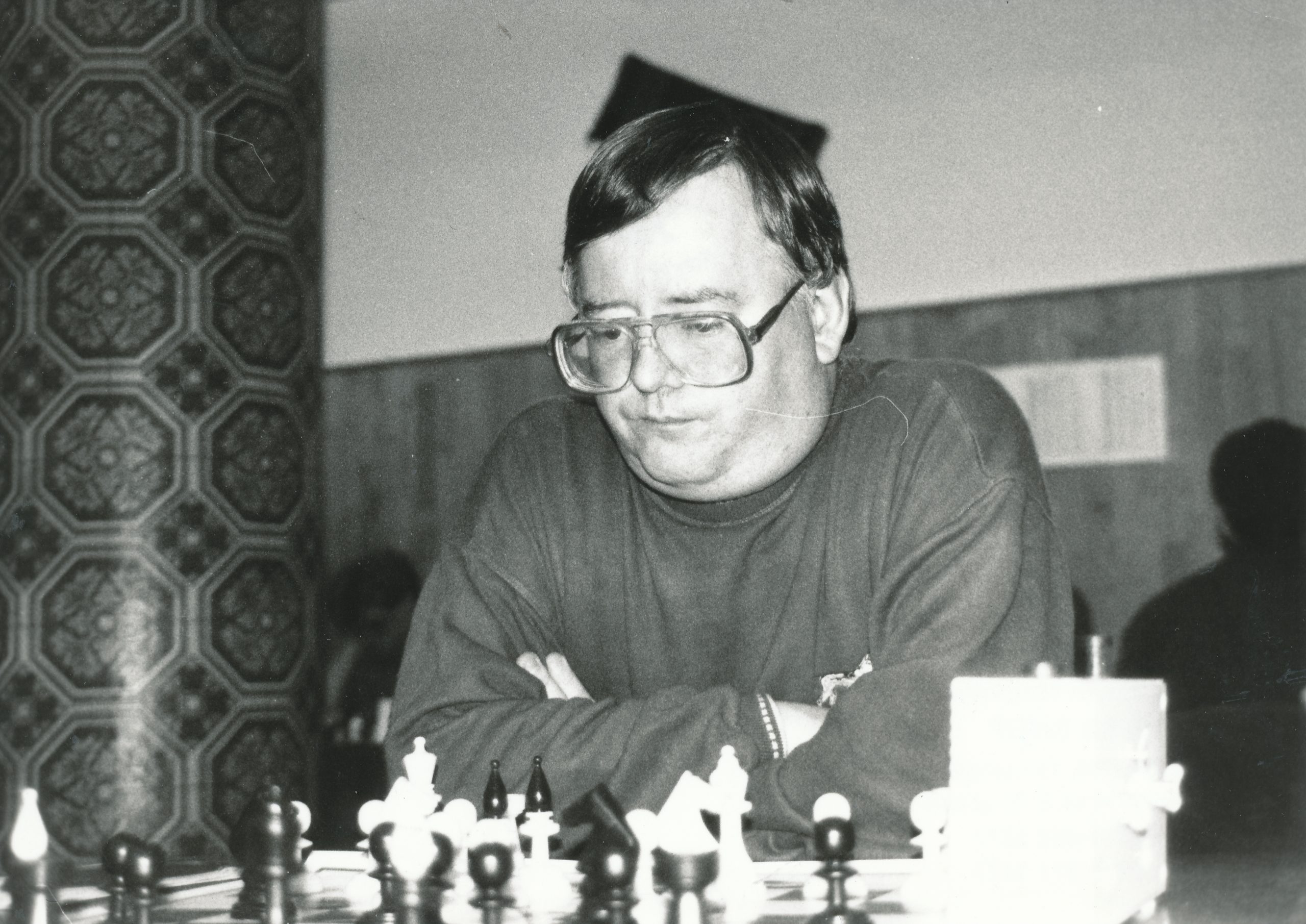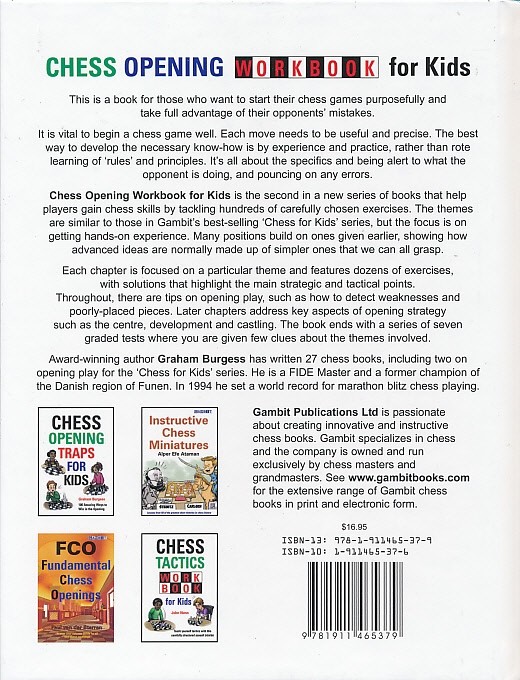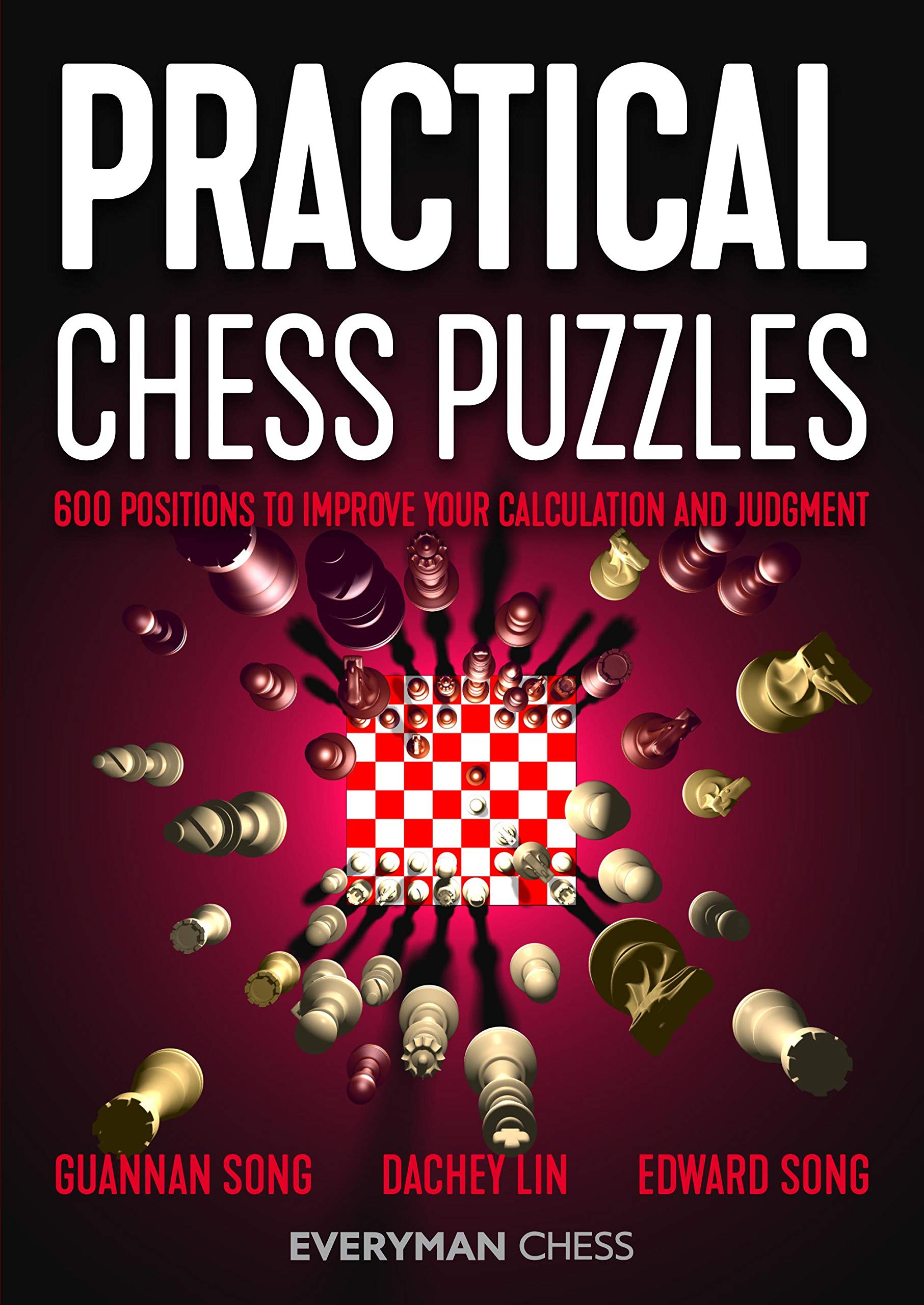
Here is the publishers blurb from the rear cover :
Chess puzzle books are undoubtedly popular – and with good reason. Solving chess puzzles helps to sharpen a player’s tactical and combinational skills. This ability is absolutely fundamental for chess development. You won’t get better at tennis until you can consistently hit the ball with accuracy and you won’t get better at chess until you improve your ability to calculate. It is that simple and there are no shortcuts.
Many puzzle books take a far too simplistic approach and offer endless positions where the solution is nearly always along the lines of: queen takes something check, king takes queen, check, check and a pretty mate. Aesthetically pleasing perhaps but of minimal use for actual improvement as the patterns are so familiar. Practical Chess Puzzles avoids this pitfall. The positions chosen are far more like those that actually appear on the board during the vast majority of games. Furthermore, at all stages, the puzzles are ranked, enabling the student to gauge progress and identify and correct weaknesses.
- 600 puzzles featuring instructive, typically “game-like” positions
- A ranking system to assess progress.
and about the authors :
Guannan Song is a FIDE Master with one International Master norm from Canada. He won the 2010 Canadian Youth Chess Championship and scored bronze at the 2015 North American Junior Chess Championships. He also played for Team Canada at the 2010 World Youth Chess Championship and the 2014 World Youth U16 Chess Olympiad. He represents Western University on board 1 of its Championship team and led his team to 2nd place at the 2019 Canadian University Chess Championship.
Dachey Lin is a FIDE Master from the United States, having achieved the title in 2016. He is a seven-time All American Team member and participated in three World Youth Chess Championship events, tying for ninth place in 2009. Though he is not as active as some of the other chess players, he enjoys following and helping other chess players and watching them grow and succeed.
Edward Song is an International Master from the United States. He won the 2014 US Cadet Championship, the 2017 Supernationals (tie), and the 2017 Denker Tournament of High School Champions (tie). He is also a four-time All American Team member and played two World Youth Chess Championships, achieving top ten both times. He is looking forward to making further progress towards grandmaster.
As with every recent Everyman Chess publication high quality paper is used and the printing is clear. Each diagram is clear as is the instructional text. Figurine algebraic notation is used throughout and the diagrams are placed adjacent to the relevant text.
The book consists of five chapters :
- Model Games : six games
- Combinations : 250 positions
- Evaluation : 100 positions
- Tests : 250 positions
- Solutions
The first aspect that leaps out is that material is largely based on real games from the last ten years. Secondly, those games have largely not found themselves into databases such as MegaBase 2020. Thirdly, many of the games are from North American tournaments and a good number featured are from the authors own practise.
The model games are entirely practical : real games played by strong but not super strong players with flaws and blunders that human beings make. They set the scene for the main course.
The Combinations chapters provides 250 unthemed positions which range from simple tactics of all types to deep combinations of tactics. The variety is excellent and, much like the Carsten Hansen book we reviewed earlier the positions are real and “messy”. Therefore very much for the tournament player rather than sanitised positions for teaching children and beginners.
Here is an example (#25) from M. Kernighan-J.Lipoka, Winnipeg, 2010.
Potentially the most interesting is the Evaluation section. The student is asked to study and pick apart the positions inorder to assess the correct outcome. Part of that assessment includes finding the best continuation. The solutions to these exercises focus on the latter it has to be said : We would like to have seen more of the assessment angle !
Here is an example (#343) from A.Jayakumar-G.Garcia, Philadelphia, 2012 :
Finally (the solutions do not count !), combining all of the previous elements, is the Tests section. If you were only to work on one section (but why would you do that ?) then this would be the most rewarding.
Here is an example (#435) from R.Ulrich-A.Wang, St Louis, 2017
In summary, the content lives up to the title and any tournament player from say 1200 Elo to perhaps 2200 will derive much benefit from working through the content. It is good to find a whole tranche of new material and ideas from real games played by mostly amateur players.
A small gripe (but not important) with the production is : Some (so why not this one) Everyman books have an extra folding part to the front and rear covers. These we find protect the book from damage and also can be used as an emergency book mark !
John Upham, Cove, Hampshire, 28th April, 2020

Book Details :
- Paperback : 288 pages
- Publisher: Everyman Chess (1 Jan. 2020)
- Language: English
- ISBN-10: 1781945616
- ISBN-13: 978-1781945612
- Product Dimensions: 17.3 x 1.7 x 23.8 cm
Official web site of Everyman Chess




